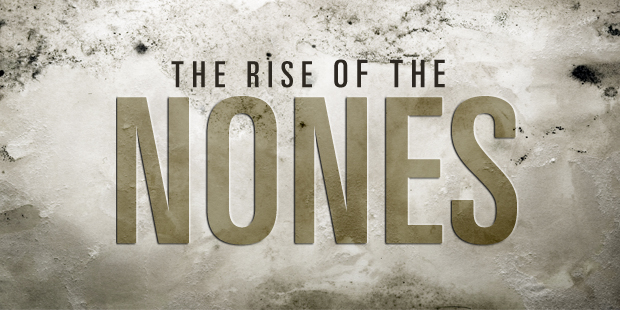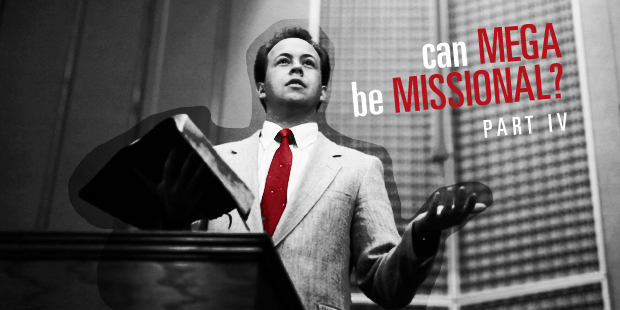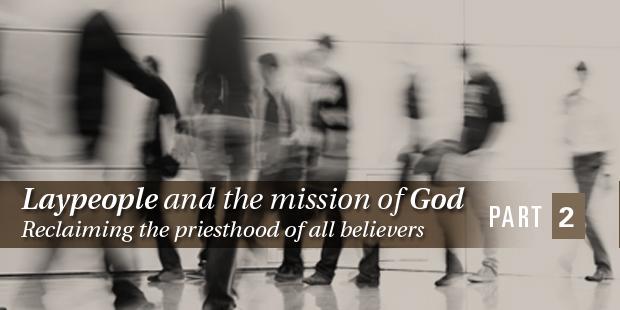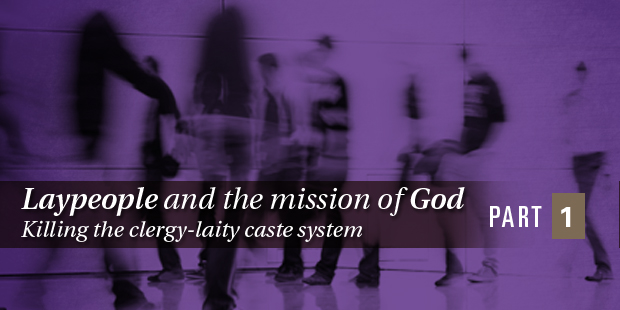
The Rise of the Nones
Recently, the Pew Forum released, and USAToday’s ever-vigilant Cathy Grossman reported on, another study that I think is helpful for us to understand the context in which we live. In the study, they indicate that the number of Americans with no religious affiliation (identified as the “Nones,” as in “none of the above”) is climbing.
I had the opportunity to look at the data beforehand, and was not particularly shocked by it, though many will likely trumpet this as a huge shift. It’s not. This is simply the natural progression of what is taking place in our context.
A big part of what is happening is that the “Nominals”– and by that I mean nominal mainliners primarily, but nominal evangelicals as well– are shifting and becoming the “Nones.” This makes sense, as the cultural currency (in other words, the value a society places on identifying as a Christian) is decreasing. And thus, we see a movement away from Christian identity as a cultural value.
I’ve written on multiple occasions about how the term Christian is used. Most recently I talked about “census Christians” (census Christians are those who, when filling out a form, pick “Christian” rather than “Hindu” or “Jew”) and “churchgoing Christians” (churchgoing Christians considering themselves Christians because they occasionally attend a church.) I believe that this move is primarily the result of people who are “census” and “churchgoing Christians” shifting to the category of those who don’t have any identification at all– the Nones.
Furthermore, I don’t think this is all bad. As I’ve discussed on The Exchange (see the entire episode here, as well as a short clip here), there is great opportunity in being able to speak with more definition and clarity about what a Christian is, and is not.
So, should we be alarmed? First, one of the characteristics of faiths like mine is that we tend to see opportunity in everything. Furthermore, being a monotheist, all monotheist faiths tend to see what goes around them either as the blessing of God or in some sense the judgment of God. So in other words, when the people of Israel in the Old Testament saw bad news and were in crisis, they did not believe that there was no God. They simply believed that God was disciplining them. So, in that great tradition, I think that God is teaching us something through this difficulty. I think God has a lesson here for our churches.
As such, I think it’s fair to say three things:
- First, we continue to lose what some have called our home-field advantage. On a growing basis, identifying oneself as a Christian is not a means to societal advancement but can actually be a means to societal rejection.
- Second, the “squishy middle” is collapsing. Nominalism will go its way. I believe the future of Christianity in North America will look more like the present-day Pacific Northwest, as I have explained here.
- Third, and finally, it is still a vast overstatement to see this as a collapse of the Christian faith in North America. The reality is that evangelicals have been relatively steady as a percent of the population over the last few years, however there is still great cause for concern here– and for action.
For me, it is both a concern and an opportunity.
I am concerned that people are moving away from any religious memory that so many churches, particularly seeker churches, could appeal to. In other words, you can’t bring the Nones back to church– they simply don’t find it appealing.
I see an opportunity for churches to clearly state what a Christian is, as others are no longer claiming that title as frequently. Furthermore, teaching believers to live on mission in their contexts, rather than just to bring their friends to church, is how we will reach the Nones.
So, as society moves away from Christian identification, let’s meet them on the road and say, “We did not believe in that expression of Christianity anyway. Let me tell you about Jesus and how he changes everything.”

Tags: Culture, Ed Stetzer, Kingdom Concept




























